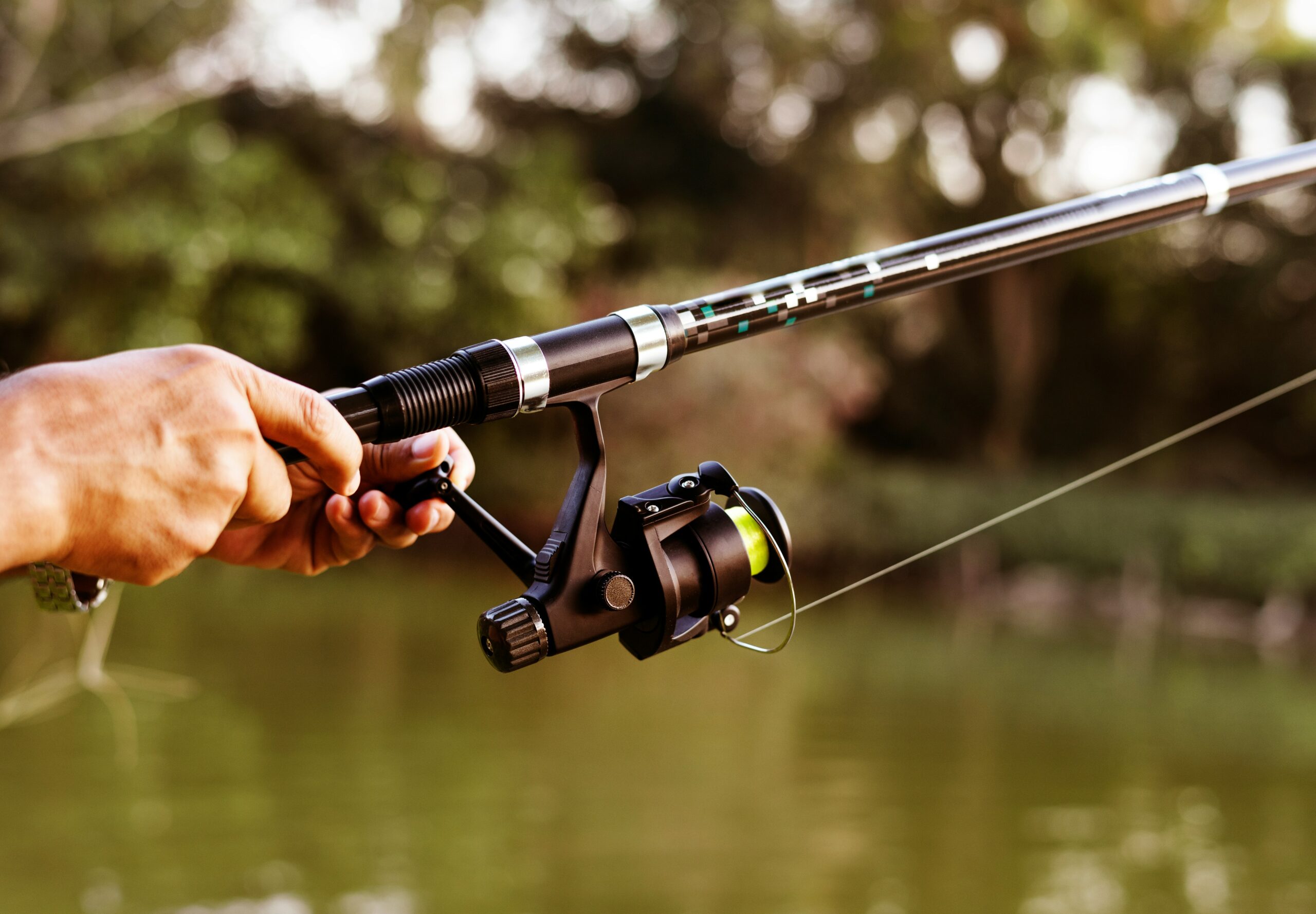
Freshwater fishing is more than just a relaxing pastime; it’s a skillful hobby that connects people with nature, sharpens patience, and provides endless excitement when the line tightens with a catch. Whether you’re casting into a peaceful lake, a flowing river, or a quiet pond in your hometown, freshwater fishing offers opportunities for beginners and seasoned anglers alike. This ultimate guide will help you understand the techniques, gear, and tips you need to become a confident freshwater angler.
Understanding Freshwater Fishing
Freshwater fishing takes place in non-salty waters such as lakes, rivers, streams, and reservoirs. Each body of water offers a unique fishing experience because fish species behave differently in different environments. Fish like bass, trout, catfish, walleye, and panfish are among the most popular targets. Knowing the type of water and what fish live in it is the first step to success. For example, rivers have currents that influence where fish rest and feed, while lakes often have deeper areas where fish hide from the sun.
Unlike saltwater fishing, freshwater fishing usually requires lighter gear and more precise techniques. It’s perfect for those who want an accessible and rewarding outdoor hobby close to home.
Choosing the Right Gear
Your fishing gear doesn’t have to be expensive or complicated. A simple rod-and-reel combo is a great starting point for beginners. Spinning reels are the most beginner-friendly because they are easy to cast and control. Match your rod and reel to the appropriate fishing line and hooks for your target species.
Live bait such as worms, minnows, and insects attracts fish by scent and movement. Artificial lures are also very effective because they mimic prey fish like small minnows or insects. Try different lures in different water conditions until you find what works best. Clear water might require natural-colored lures, while murky water calls for bright colors to help fish notice your bait.
Mastering Casting Techniques
One of the most essential skills in freshwater fishing is casting. Proper casting allows you to place your bait where fish are most likely hiding. Practice makes perfect, especially when casting under low-hanging branches or near structures where fish like to shelter.
Different casting styles are helpful in various situations. A soft and controlled overhead cast is perfect for open water. A sidearm cast helps keep the bait low when the wind becomes a challenge. Being accurate with your cast can be the difference between catching fish and spooking them away.
Reading the Water for Better Results
Fish are constantly on the lookout for food and safety. They tend to stay near underwater structures such as rocks, fallen trees, weed beds, and docks. These areas provide shade and protection from predators. If you spot birds diving or surface ripples caused by baitfish, that’s a good sign predators like bass might be nearby.
Time of day also plays a huge role. Early morning and late evening are prime times because fish are less cautious and more willing to feed. Cloudy days can also improve fishing since fish are more active when sunlight isn’t too strong.
Seasonal Strategies for Success
As seasons change, fish behavior shifts as well. Spring brings warmer water that encourages fish to move into shallow areas to spawn. This season is great for catching bass and crappie. Summer pushes many fish deeper into cooler water during midday, but they return to the shallows at dawn and dusk.
Fall is known for aggressive feeding, as fish prepare for winter. It can be one of the most rewarding times for anglers. During winter, fish slow down due to cold water temperatures, so patience and slower bait movements become essential. Understanding seasonal patterns ensures that you’re always fishing smart, not just fishing hard.
The Importance of Stealth and Patience
Freshwater fish can easily be startled by loud noises or sudden movements. Try to approach the water quietly and avoid splashing your lure excessively. Staying calm and patient helps create the perfect opportunity for a fish to strike.
Every angler will tell you that waiting is part of the experience. Fishing teaches patience and observation. The more time you spend on the water, the better you understand subtle signals like nibbling, currents, and changes in weather.
Catch and Release with Care
Freshwater fishing is not only about the thrill of catching fish but also about protecting the environment. If you plan to release what you catch, handle the fish gently with wet hands to protect their scales. Use barbless hooks or remove the hook carefully to minimize injury. Letting fish return unharmed helps maintain healthy populations for future generations.
Making Freshwater Fishing a Lifetime Hobby
Freshwater fishing is a skill that grows with experience. The more you explore new locations, try new lures, and learn about fish behavior, the more rewarding it becomes. It offers peaceful solitude, friendly competition, and special memories with family and friends. Every cast is a new opportunity, and every trip to the water brings excitement.
Whether you’re a beginner holding your first fishing rod or an experienced angler refining your techniques, freshwater fishing will always offer something new to discover.
Freshwater fishing is the perfect blend of relaxation and adventure. From choosing the right gear to understanding fish patterns, each step brings you closer to mastering the waters. So pack your rod, enjoy the outdoors, and cast into the thrilling world of freshwater fishing. The following great catch is already waiting beneath the surface.